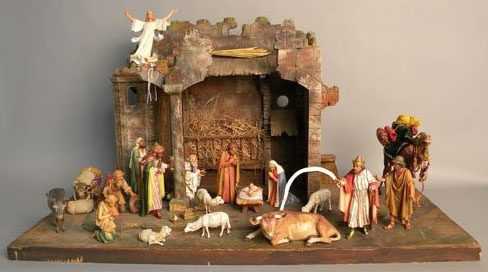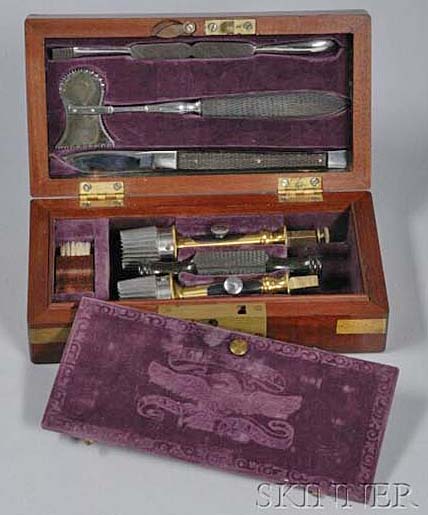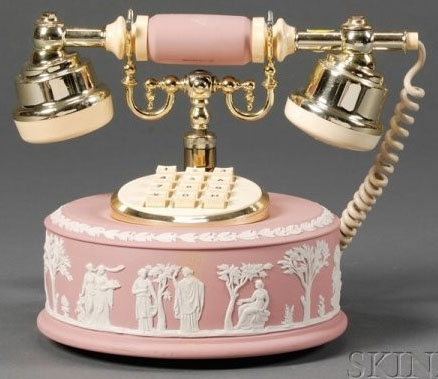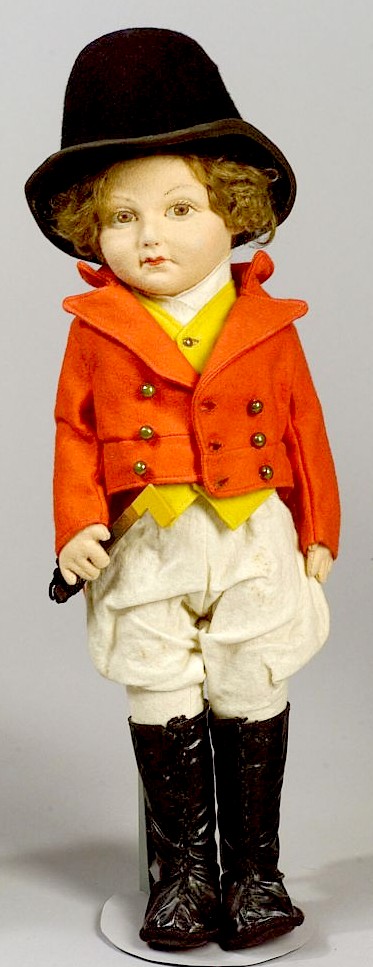My favorite part about Christmas when I was small was the nativity set my grandmother had. It sat on a telephone table, that outdated invention for when phones were stuck in one place, in the hall at just my level, and I remember staring and staring at it. It took two of my favorite things from my small world – animals and barns – and elevated them to an artistic, idyllic state. Of course, it was much less idyllic when the sheep all had chipped noses from kissing baby Jesus and the humble little donkey had lost both his ears…. But somewhere out there, there are nativity sets that were not infiltrated by small people, nativity sets intact and complete, that are sought after by collectors.
It makes sense that some of the finest modern crèche (from the Old French word for manger or trough) or nativity scenes come from Italy, as that’s where they’re believed to have originated. Actually, it was St. Francis of Assisi who set up the first live nativity display in a cave near Greecio, Italy in 1223 (evidently the conflict between the celebration of Christ’s birth and the celebration of secular materialism has been brewing a long time) and the idea quickly caught on with public displays being enacted with human actors and live animals. By the 1700s, small-scale nativity scenes were in the homes of wealthier Italian families, although “small” isn’t exactly accurate – they were large and elaborate, often including a whole village. These precepi (the Italian name for a three-dimensional scene of the birth of Jesus) probably looked a great deal like this, only on a larger scale.
A number of figures have survived from this era and appear individually or in small groups at auction on occasion. Larger figures are typically around 8″ to 14″ high, often carved and painted and then dressed in clothing. And of course, no one embraced the modern version of Christmas like the Germans, so there are also the beautiful traditional sets that we all remember from childhood (like this one or the one pictured above). Many of these are very affordable, relative to what you’d pay for a modern set assembled from Lenox or Precious Moments, so perhaps building an antique nativity could become a new holiday tradition!
-Hollie Davis, Senior Editor, p4A.com
Reference & Further Recommended Reading:
To search the Prices4Antiques antiques reference database for valuation information on hundreds of thousands of antiques and fine art visit our homepage www.prices4antiques.com








